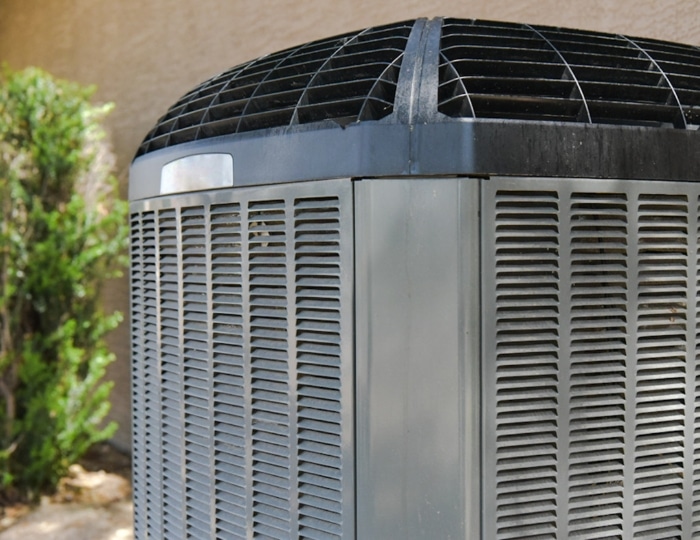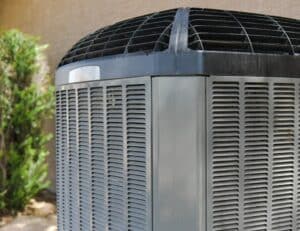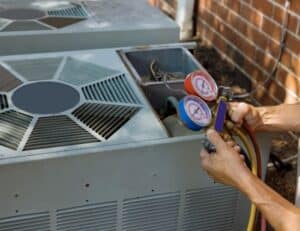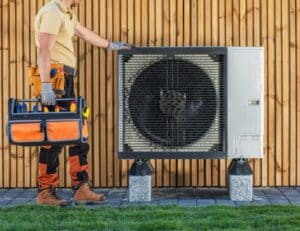As a homeowner, you want your HVAC system to provide maximum comfort while being energy efficient. When it comes to selecting a new air conditioning unit, you may have encountered the term SEER rating. But what exactly is a SEER rating, and why is it important? At Air Pros, we believe in empowering our customers with knowledge, so let’s dive into what SEER ratings mean and why they matter.
What is a SEER Rating?
SEER stands for Seasonal Energy Efficiency Ratio. It is a metric used to measure the cooling efficiency of air conditioners and heat pumps over a typical cooling season. Essentially, the SEER rating tells you how much cooling your system can deliver per unit of energy consumed. The higher the SEER rating, the more efficient the unit is.
The SEER rating is calculated by dividing the cooling output (measured in British Thermal Units or BTUs) by the energy consumed (measured in watt-hours) over a typical cooling season. This rating is determined under a range of outdoor temperatures to reflect the system’s efficiency in real-world conditions.
Why Do SEER Ratings Matter?
- Energy Efficiency:
- A higher SEER rating indicates a more energy-efficient system. This means the unit can provide the same level of cooling using less energy. As a result, an air conditioner or heat pump with a higher SEER rating will have lower operating costs, leading to significant savings on your utility bills.
- Cost Savings:
- While units with higher SEER ratings often come with a higher upfront cost, the energy savings over time can offset this initial investment. By reducing your energy consumption, a more efficient system can lower your monthly utility bills, providing long-term financial benefits.
- Environmental Impact:
- Energy-efficient systems not only save you money but also help reduce your carbon footprint. Lower energy consumption means fewer greenhouse gas emissions, making high-SEER units an environmentally friendly choice.
- Improved Comfort:
- High-SEER systems often come with advanced features that enhance comfort, such as variable-speed compressors and improved humidity control. These features allow the system to adjust its cooling output to match the cooling demand, maintaining a consistent indoor temperature and improved air quality.
Understanding SEER Ratings in Context
- Minimum Standards: The U.S. Department of Energy sets minimum SEER rating standards for air conditioners and heat pumps. As of 2023, the minimum SEER rating for residential central air conditioners in the southern United States is 14, while in the northern states, it is 13.
- Higher SEER Ratings: Modern high-efficiency units can have SEER ratings as high as 20 or more. When comparing units, consider your local climate and your home’s specific cooling needs. While higher SEER ratings offer greater efficiency, the ideal SEER rating for you depends on various factors, including your usage patterns and budget.
Making an Informed Decision
When selecting a new HVAC system, it’s essential to consider the SEER rating alongside other factors such as system size, features, and installation quality. At Air Pros, our certified technicians are here to help you choose the best system for your home, ensuring you enjoy optimal comfort and energy savings.
Understanding SEER ratings empowers you to make an informed decision, balancing initial costs with long-term benefits. Investing in a high-SEER system can lead to substantial savings, enhanced comfort, and a reduced environmental impact.
If you have any questions about SEER ratings or need assistance with selecting and installing a new HVAC system, contact Air Pros today. We’re committed to helping you achieve maximum comfort and efficiency in your home.









